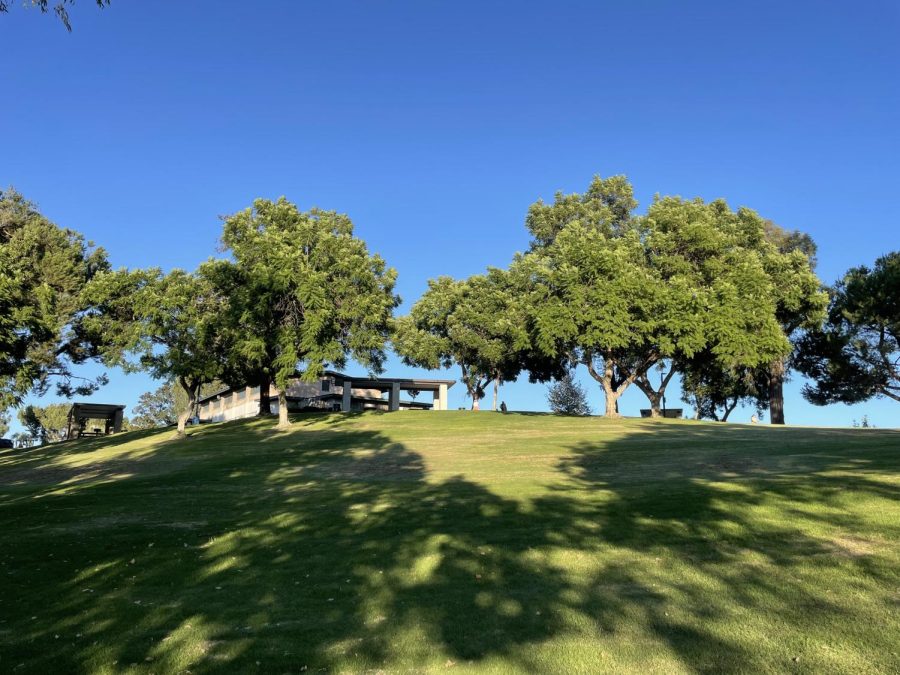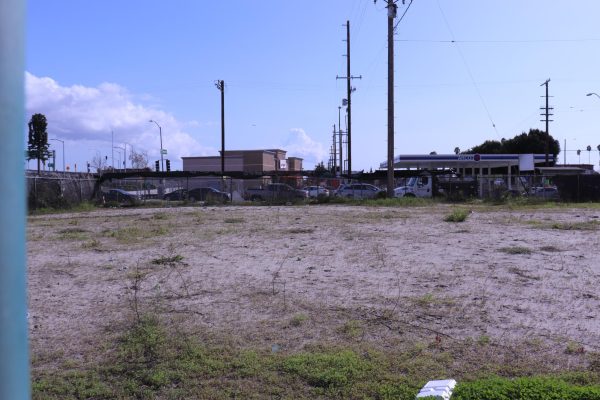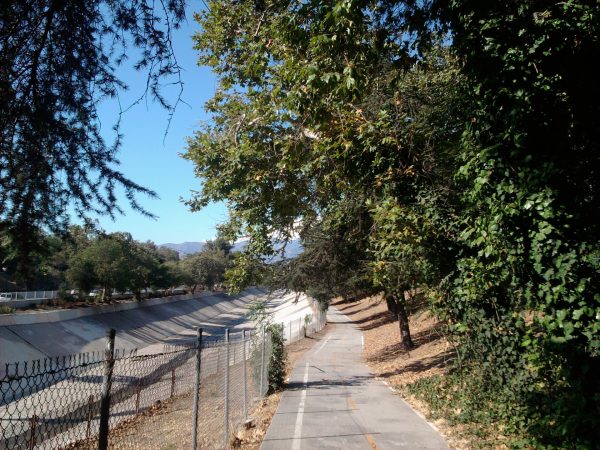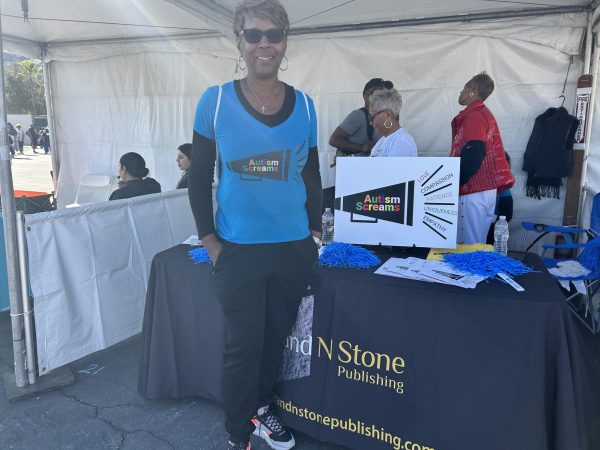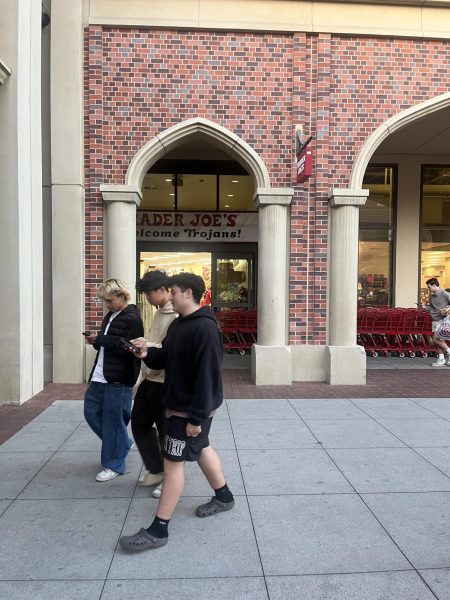A proposal for more public parks and spaces
Advocates of measure SP want more green space while opponents worry about cost to taxpayers
Eileen Balam sees a city that has been indoors for too long.
That must change, she insists.
That’s why she is for the city of Los Angeles’ measure SP, which would fund the acquisition, development, and renovation of open and recreational spaces such as museums, theaters, the L.A. Zoo, pools, beaches, rec centers, childcare, and senior centers, trails, parks, playgrounds, sports fields and courts, and waterways — places residents in L.A. and others like to visit.
The measure would be funded by a tax of 8.4 cents per square foot on improved parcels, according to the city’s voter information report. The tax would be reduced to 2.2 cents once certain projects are complete.
“It would allow many residents in the city to become more active throughout the day,” Balam said. “Having access to small parks or recreation centers is very helpful as many people…have adjusted to constantly staying home and becoming isolated during the pandemic. This would help them get out of the house more often to get some more fresh air and become more active.”
Supporters say by investing in public spaces, the city would create a better place to live for residents and lead to a better quality of living. For instance, it would allow them to enjoy cultural and outdoor activities more and be more active.
The proposal also “has the potential to positively impact small business owners. To petition for better parks or recreation areas near their business would show an increase in [foot traffic] revenue for the area,” said Lizeth Hernandez, a student professional who lives in West Los Angeles.
Opponents of the measure believe that the tax is unnecessary, should be smaller, or should come from other funding sources. They are especially concerned about costs in light of record inflation in recent months.
Balam, who lives in the nearby city of Lynwood, can’t vote for the measure and wouldn’t have to bear the costs, so she understands how opponents feel.
She said one problem created when facilities are frequently updated or new ones are built is that “landlords may increase their rent, as they are now living next to a new park or recreation centers because of the accessibility and the gentrification the park would bring.”
That could impact those earning the lowest incomes.
“The possibility of this bill negatively affecting renters is there,” said Ricardo Truillio, a docket specialist who lives in Covina, “There is a [also] potential increase by landlords due to better quality recreational areas…This could affect minority communities at a disproportionate rate and should be addressed.”

